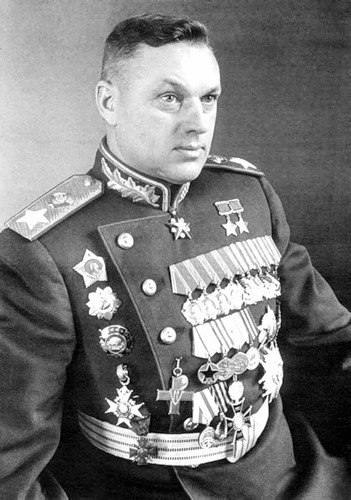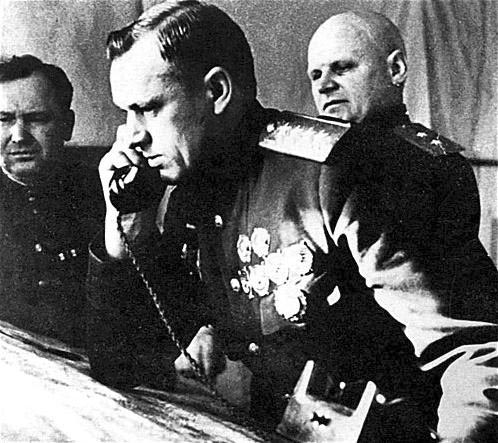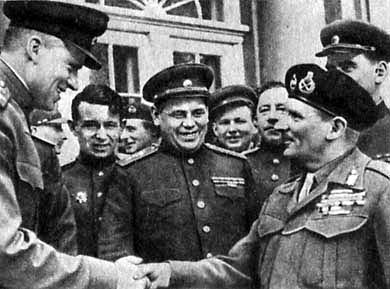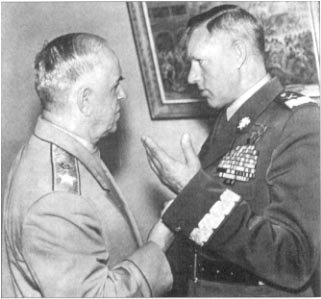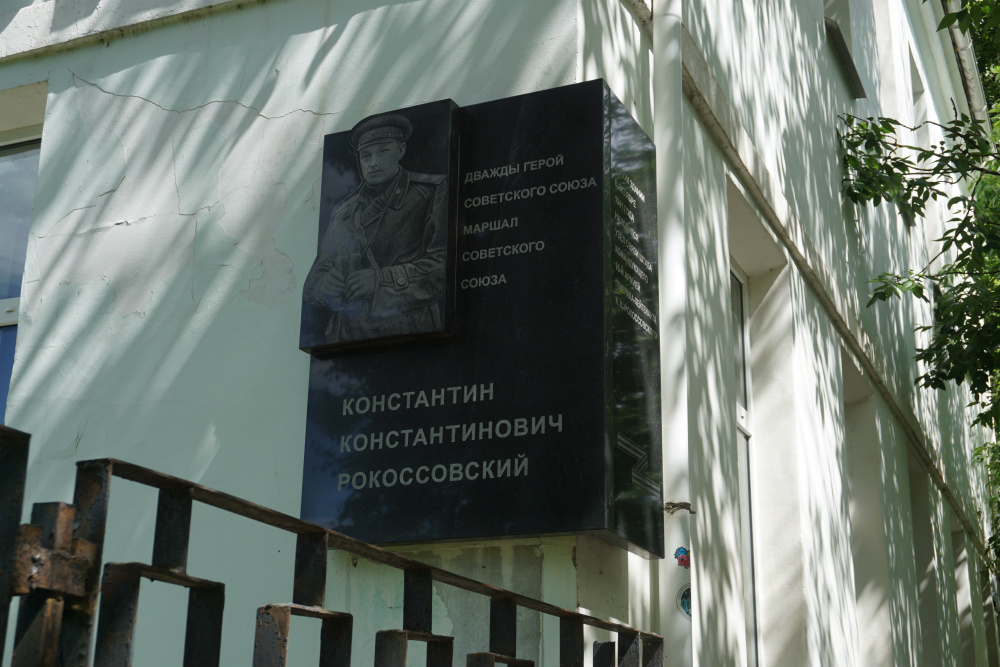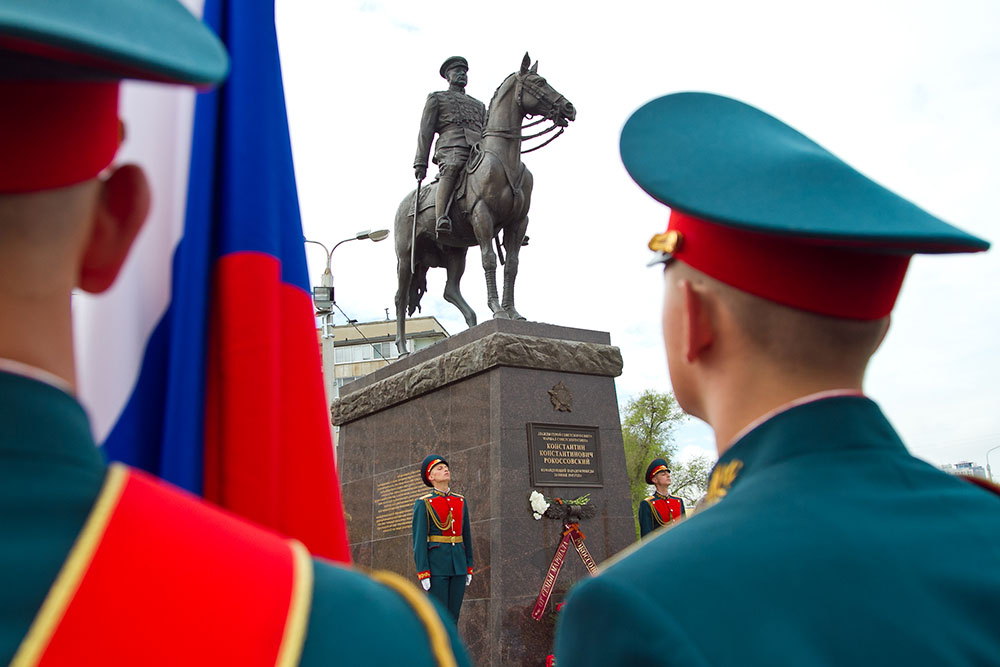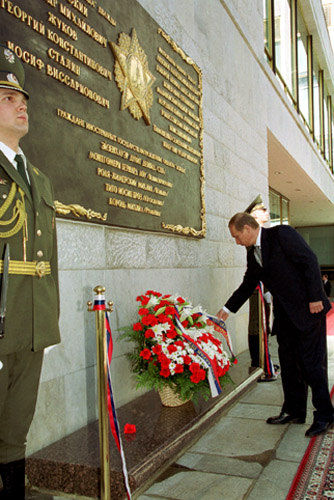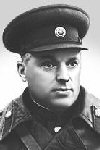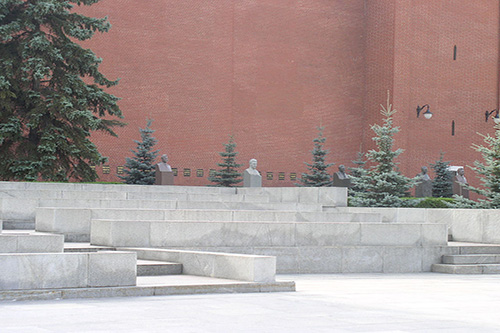Konstantin K. Rokossovski
Konstantin Konstantinovitsj Rokossovski was born December 21 1896 in Velikiye Luki, a village near Pskov in northern Russia. His father was Polish and was employed as a train driver, while his mother taught Russian. Shortly after he was born, the family moved to Warsaw, at the time still part of Czarist Russia. Konstantin attended school there but had to quit early because of the death of his father in 1905 and of his mother in 1911. Konstantin earned a living as stonemason, bricklayer and jack-of-all-trades.
When World War One broke out in 1914, Konstantin reported to the army voluntarily. Konstantin’s patronym was not derived from the Polish name of his father, Wojciech as usual but Konstantinovitsj, something Konstantin had thought of himself to make a career in the Soviet army easier. He was placed in the 5 Karoo Regiment, one of Russia’s oldest cavalry regiments in the rank of N.C.O. Konstantin fought bravely and was awarded the St. George Cross 4th, 3rd and 2nd class during the war. In 1917, the Russian Revolution erupted. Konstantin joined the Bolshevist Red Army, continuing his successful career. As a young man, he already was in command of a division and one promotion quickly followed the other. He was awarded the Order of the Red Banner twice for his conduct on the Transbaikal front against the White Army, at the time the highest military decoration of the Soviet Union. After the civil war, Konstantin studied at the famous Frunze Military Academy in Moscow. In 1929 he defended the construction of Chinese railways against Japanese troops and was awarded accordingly. Thereafter he was placed in command of the 7 Samara Cavalry Regiment in Minsk.
In 1937 his career came to a sudden end. During Stalin’s purges, Colonel Rokossovski was charged with having spied on Poland on behalf of the Soviet Union. He was arrested by the N.K.V.D. and sentenced by a kangaroo court. He was sent to a Gulag labor camp where he was held prisoner for two and a half years. In March 1940 he was suddenly released by Stalin (Bio Stalin). Konstantin was promoted to Major-general on June 4, 1940 and was put in command of the 5 Cavalry Corps in Pskov. Thereafter he was transferred to the Special Military District of Kiev, where he took part in the conquest of Bessarabia. After this operation Rokossovski was given command of the 9 Mechanized Corps.
Following the German invasion of the Soviet Union on June 22, 1941, Rokossovski was given command of 4th Army and later on of 16th Army, part of the Western front. He managed to hold the frontline in the vicinity of Moscow with this army. On September 11, 1941 he was promoted to Lieutenant-general.
September 30, 1942, Rokossovski was named Commander-in-Chief of the Don front which was deployed northwest of Stalingrad. He assisted in drafting Operation Uranus which was intended to encircle the Axis forces at Stalingrad. The Don front units comprised part of the northern pincers. The operation was launched on November 19 and on the 23rd, the trap was shut: the German 6. Armee and 4. Panzerarmee were surrounded. On January 10, the Don front opened a final offensive, Operation Ring, to break the tenacious German resistance. Rokossovski was promoted to Colonel-general and he was present during the interrogation of Generalfeldmarschall Friedrich Paulus (Bio Paulus), former Commander-in-Chief of 6. Armee.
February 1943, Rokossovski’s Don front was renamed the Central front and on April 28, he was promoted to general. He took part in the battle of Kursk with his Central front, leading the counter attack west of Kursk. In October 1943 he was named Commander-in-Chief of the newly established Byelorussian front, later renamed the 1st Byelorussian front, participating in Operation Bagration. He led his armies to the river Weichsel near Warsaw. For this, he was promoted to the highest rank of the Soviet Union: Marshal of the Soviet Union on June 29 and on July 29, he was given the honorary title Hero of the Soviet Union, the highest Soviet decoration. Whilst Rokossovski stood before the gates of Warsaw, the Warsaw revolt erupted. Stalin gave orders not to intervene but Rokossovski, with his Polish blood, watched with mixed feelings, in particular because some of his relatives still lived in the city. With his 1st Byelorussian front he captured Minsk and Warsaw. After the fall of the latter city, Rokossovski was put in command of the 2nd Byelorussian front in November 1944, advancing through eastern Prussia and the north of Poland. He captured Danzig and supported the attack on Berlin. At the end of April, Rokossovski’s forces contacted troops of British Field Marshal Bernard Montgomery (Bio Montgomery) in northern Germany.
March 30, 1945, Rokossovski was awarded the Order of Victory and on June 1, 1945 was named Hero of the Soviet Union for the second time. On June 24, the grand victory parade was held in Moscow. The salute was taken by Marshal of the Soviet Union Georgy Zhukov (Bio Zhukov) under the watchful eye of Joseph Stalin while Rokossovski commanded the troops.
After the war, Rokossovski was named commander of the Soviet forces in northern Poland and in Germany. In 1949, he was asked by the Polish president to become Polish Secretary of Defense. With Stalin’s permission, he left for Poland. Rokossovski, in Polish Konstanty Rokossoswski, was also promoted to Marshal of Poland. As the feelings towards the Soviets deteriorated steadily in the 50s, Rokossovski returned to the Soviet Union in 1956. In July 1957, Nikita S, Chrushev named him deputy Secretary of Defense and commander of the Transcaucasus district. In 1958, he became the highest ranking inspector of the Department of Defense until his retirement in 1962. He was Marshal of the Soviet Union and Marshal of Poland at the same time.
Konstantin Konstantinovitsj Rokossovski died of cancer on August 3, 1968 at the age of 74. His remains were entombed in the wall of the Kremlin on the Red Square in Moscow.
Definitielijst
- cavalry
- Originally the designation for mounted troops. During World War 2 the term was used for armoured units. Main tasks are reconnaissance, attack and support of infantry.
- Gulag
- Officially the name for the governmental organisation responsible for the management of labour camps in the Soviet Union but later used to designate the camps themselves. The camps were situated in the northern areas of the Soviet Union and in Siberia. They were a major factor in the suppression of the Soviet people. Prisoners were mostly (real or perceived) enemies of the communist regime. From 1929 until Stalin’s death in 1953 18 million Soviet citizens were deported to the Gulag. It is estimated that 4.5 million of them died there.
- invasion
- Armed incursion.
- Kremlin
- Soviet administrative centre in Moscow.
- Marshal
- Highest military rank, Army commander.
- offensive
- Attack on a smaller or larger scale.
- Red Army
- Army of the Soviet Union.
- Regiment
- Part of a division. A division divided into a number of regiments. In the army traditionally the name of the major organised unit of one type of weapon.
- resistance
- Resistance against the enemy. Often also with armed resources.
- Revolution
- Usually sudden and violent reversal of existing (political) the political set-up and situations.
- Soviet Union
- Soviet Russia, alternative name for the USSR.
Images
Information
- Article by:
- Auke de Vlieger
- Translated by:
- Arnold Palthe
- Published on:
- 19-01-2025
- Feedback?
- Send it!
